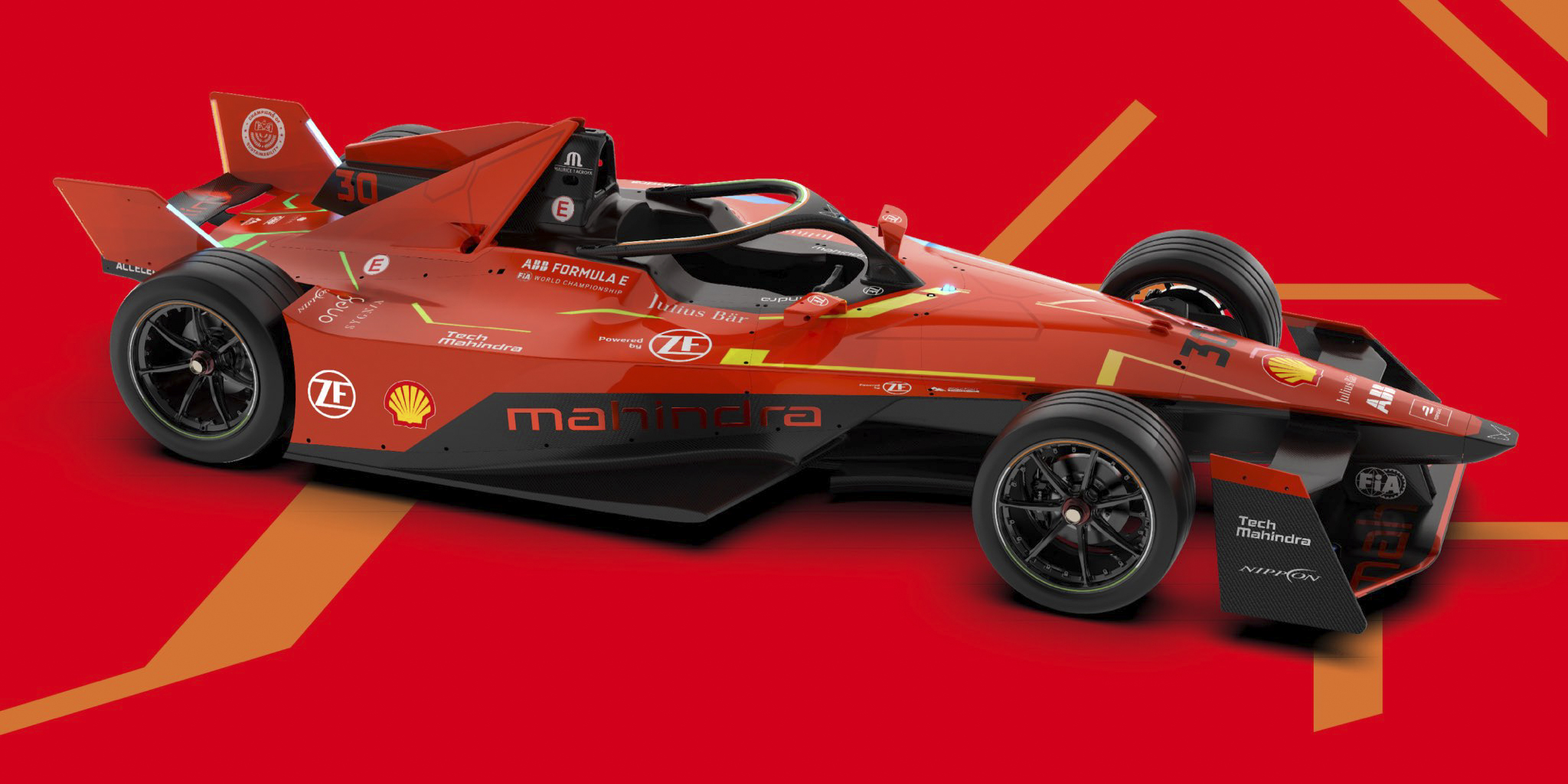Formula E Gen 3 car revealed
Formula E has finally showed us what the next generation of electric racing will look like, with a smaller, lighter and more powerful car
 The new Formula E Gen 3 car is lighter, smaller and more powerful
The new Formula E Gen 3 car is lighter, smaller and more powerfulOne of the most exciting sports in the world is one that is nearly silent. The FIA Formula E World Championship has made a name for itself with its dramatic racing, close wheel-to-wheel combat and a focus on sustainability far beyond the scope of normal motorsport. Now, it has introduced the car with which it intends to continue that run from 2023 onwards. The third generation of Formula E race car was revealed on the sidelines of the Monaco E-Prix weekend, a showcase for the immense leaps and bounds made in electric vehicle technology. But for us, it will be the racing that matters. So let us take a look at what’s new.
The new Gen 3 car has a dramatically changed design from the previous generation, with a commitment to improving the performance of the cars. While the previous Gen 2 cars were only marginally quicker than Formula 3 cars, the gen 3 has been improved in almost every way. The car is now physically smaller in dimension, with almost a 100mm reduction in length, and a 100mm reduction in width. This is useful for the series, which races exclusively on tight and compact street circuits, and will allow drivers to run closer to each other. It has also been made lighter, going down 60kg from the 900kg of the gen 2 car to 840kg now.
 The Gen 3 car has a 'fight jet inspired' design
The Gen 3 car has a 'fight jet inspired' designAerodynamic requirements in Formula E are very different from traditional motorsports, both owing to the nature of circuits that they race on as well as the cooling requirements of electric vehicles. To this end, the car now has a distinctive geometric shape, with straight lines all around and a tightly hewn body shape that Formula E says has been inspired by fighter jet design. We only have to wait and see if it lends itself well to the bumper car nature of Formula E racing.
The powertrain has been given a major upgrade. Gone is the anaemic 335bhp motor of the past, replaced now with a much more respectable 470bhp power unit that allows the car to hit a top speed of 322kmph. What is more impressive is the way that the motor generates power. The gen 3 car has regenerative abilities at both the front and rear, with the front MGU-K (motor generator unit - kinetic) able to regenerate 250kW and rear MGU-K able to regenerate 350kW for a grand total of 600kW of energy regeneration during a race, which is an impressive 40% of the car’s total energy during a race. In fact, the rear regeneration is so strong that there are no rear brakes, with only the regenerative power being used to stop the car. That electric motor is also 95% power efficient, meaning it turns 95% of the energy it produces into usable power, compared to the 40% that the most efficient ICE power units in the world are able to manage. Formula E is also introducing ultra-high-speed charging with the Gen 3 car, which will allow it to charge 600kW during a race.
 The geometric shape of the car lends itself well to electric racing
The geometric shape of the car lends itself well to electric racingMost of the components of the car are sustainable, with the batteries, carbon fibre bodywork and tyres all made of recyclable material and able to be recycled later in their life. The total carbon footprint of the Gen 3 car has been reduced by over 10% compared to the previous generation, an impressive feat for a championship which prides itself on its sustainable ideals.
Speaking about the new Generation car, Mahindra Racing Team Principal Dilbagh Gill said, “Mahindra was the first manufacturer to enter Formula E ahead of season one. We always believed in the vision set out in the series’ inception and the team at Mahindra Racing committed to working hard to see it come to fruition over the next eight seasons. During this time Gen1 made way for the much-improved Gen2, which brought us new levels of efficiency, sustainability and competition, and now we stand on the precipice of Gen3: the championship’s coming of age. Aside from the steps forward in performance and sustainability, we believe that we are now truly developing the technology that will shape our future with a greater focus on race to road transference. This is what we have all been working towards since day one, but the race is far from over.”
We’ve got a look at Mahindra Racing’s vision for this next generation of electric racing car, and now we can’t wait for the new season to start! Stay tuned to evo India for more updates from the world of motorsport, and let us know what you think of the new generation Formula E car!


